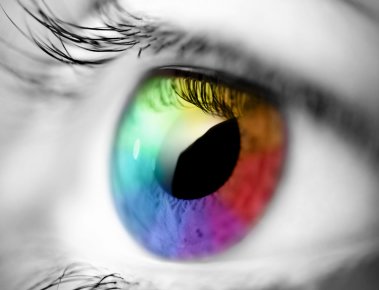
Getting you the care you need.
EMDR therapy
EMDR is an innovative and powerful therapeutic technique to change negative beliefs about the self and reduce or eliminate the negative emotions associated with that belief. It is particularly effective in the treatment of trauma, phobias, and anxiety. It can also be used to enhance athletic or artistic performance, breaking through creative blocks.
EMDR is a form of cognitive therapy which involves concentrating on a negative belief and emotions while following a series of eye movements. The process incorporates the physical and emotional experience with the intellectual knowledge of the patient, producing a more dramatic change than insight alone. The process is guided by the patient, which results in an empowering experience of resolution and relief.
Often highly verbal, complex patients who have been unsuccessful making changes in traditional talk therapy are able to become unblocked using EMDR. It is not used for patients who are currently experiencing a great deal of instability in their lives.
EMDR consultation
If you are currently working with a therapist with whom you have a good rapport but are unable to move forward, EMDR consultation may be the solution. You and your therapist would define the area in which you feel blocked and identify specific goals you wish to accomplish with EMDR.
During the first appointment, we will explore negative beliefs and interfering beliefs that have contributed to the inability to move forward. The EMDR process will be introduced and a minor issue may be processed first to better understand the process. Occasionally, EMDR is not effective due to external conflicts or resistance. However, EMDR may be very effective at a later date. Readiness for change is necessary for any form of therapy.
EMDR Consultation is time limited and utilized in conjunction with your regular therapy appointments. Once the EMDR treatment goals are met, the consultation is concluded and you would continue working with your individual therapist.
When words cannot convey one’s inner experience, creating visual art can be a powerful form of expression. It can reveal secrets forbidden to be told and generate greater awareness of the self. The style and manner used in the creative process reveals how an individual experiences the world. The use of color and symbols opens doors to the unconscious and breaks through impasses common in traditional talk therapy. Through experiential exercises and drawing media, a patient can develop problem solving skills, self-control, and expressiveness as well as build resources for tolerating negative emotions.
A visual approach
Therapeutic techniques
Brainspotting
This technique was developed by David Grand, PhD from the EMDR model. It is particularly useful when one is struggling to formulate a negative belief related to the distress they are experiencing, or simply have no words. Through a series of tracking eye movements at different locations on a grid, it targets the area in the brain where a painful memory is stored. It allows the patient to increase the Window of Tolerance for emotional distress so the disturbing memories can be processed and released.
Somatic Experiencing
This is a body-oriented approach to healing trauma and stress. The practitioner directs awareness of body sensations around the issues and has the patient describe their experience of the sensation. Doing this creates distance from the emotional and cognitive distress related to the trauma. Consequently, the patient feels safer and more in control of the processing.
Internal Family Systems
An evidence based treatment with the premise that the mind naturally is subdivided into parts which serve a function in coping and survival. Extreme parts can cause problems and dysfunction for the individual and are generally any behavior that causes one to seek therapy. By collaborating and communicating with these parts, healthy adaptations of new roles can be made and improve functioning.

